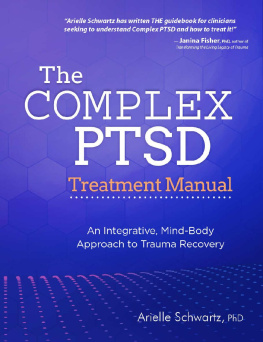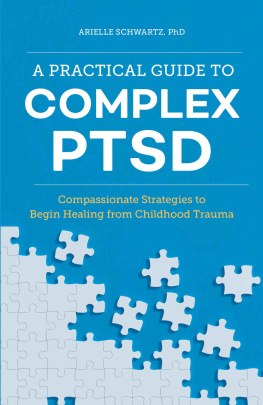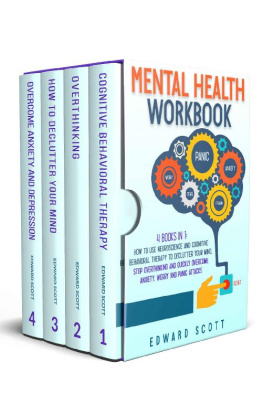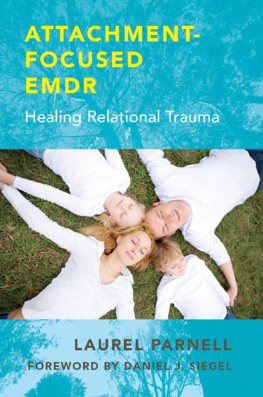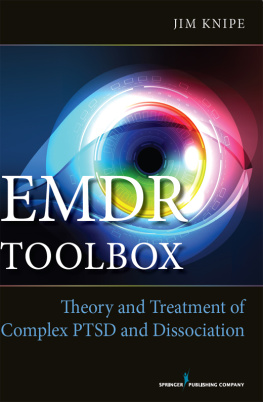Mental Health
Workbook
6 Books in 1
The Attachment Theory, Abandonment Anxiety, Depression in Relationships
Addiction Recovery, Complex PTSD, Trauma, CBT Therapy
EMDR and Somatic Psychotherapy
Emily Attached, Marzia Fernandez and Gino Mackesy

Audio version
For Audible US
For Audible UK
For Audible FR
For Audible DE
ATTACHMENT THEORY WORKBOOK
ABANDONMENT RECOVERY WORKBOOK
THE ADDICTION RECOVERY WORKBOOK
COMPLEX PTSD, TRAUMA AND RECOVERY
EMDR AND SOMATIC PSYCHOTHERAPY
SOMATIC PSYCHOTHERAPY

Introduction
Researchers John Bowlby and Mary Ainsworth began developing the core of what became attachment theory in the mid-20th century. Their original theory says that infants develop better, socially and emotionally, when they form a close bond with a primary caregiver whos good at reading their cues and responding to their needs in a warm, sensitive, and timely way. At the time Bowlby and Ainsworth were developing their theory, the primary caregiver was usually the mother. Infants with this type of bond grow up trusting that others can help them feel safe, cared for, and supported in the world. This basic premise has been supported by over 60 years of attachment research and backed by experts in neuroscience, psychiatry, traumatology, and pediatrics.
Attachment researchers found that they could categorize the quality of relationships babies had with their main caregivers by observing how these babies responded to everyday stressful situations. Researchers grouped these responses into three distinct categories: secure, insecure anxious, and insecure avoidant .
The early researchers noted that when stressed, babies with secure attachment showed their distress in an observable way, but their response was not excessive. These babies seemed relaxed about seeking help and more often had interactions with their caregivers that ended in their being calmer and ready to move on from the stressful event.
Babies with insecure anxious attachment tended to respond to the same stressful events with more extreme crying and distress. They sought their caregiver but also appeared to reject the caregivers attempts to provide relief. For these anxious babies, researchers observed more labored interactions that did not result in a fully soothed baby.
Babies with insecure avoidant attachment were less likely to cry during stressful situations and appeared indifferent about getting help from their caregivers. To the untrained eye, these babies looked fine, but researchers later discovered that elevated stress hormones in their bodies told a different story: They were affected by stress, but they didnt show it.
It may not surprise you to learn that babies grow into adults who develop versions of these secure, anxious , and avoidant attachments that can be readily identified in their relationships. Of course, adult relationships involve a lot more complexity, but it almost always boils down to this: When we get close to someone and come to depend on them, in stressful moments we show our true attachment style.
A fully accurate assessment of your attachment style is more complicated than this, but if you think about your closest relationships, you can probably get a basic sense of it. Think about close relationships youve had with romantic partners or in long-term friendships. In the course of those relationships, youve likely encountered a variety of stressors. During stressful times, if you typically expect that you can count on your relationship partners for help and comfort, then you have a secure attachment style. But lets say you encounter stress and dont have this natural expectation of safety and support. Maybe you arent sure your relationship partners will help you, and you dont feel as if you can count on them to be there for you the way you need. If youve developed an insecure style, either anxious or avoidant, you are more likely to fear either being abandoned or being overwhelmed by the other person. As a result, you are less likely to engage in a way that makes you feel better. People typically have a characteristic attachment style that holds true across their close relationships, so securely attached people usually feel that their relationship partners are there for them; and people with either of the insecure attachment styles can look at their relationship history and see a string of unsatisfying relationships and perhaps regrettable actions.
After reading the descriptions of the secure, anxious, and avoidant styles, you may think, I want the secure style! And theres good reason to feel that way. People with a secure style of relating tend to feel more emotional safety with the people theyre close to, are readier to collaborate, and are more resilient around conflict. But even these folks, under certain circumstances, can lapse into less adaptive ways of relating.
Regardless of the tendencies and attachment style youve developed to this point, youre not locked into these behaviorsyour past doesnt have to dictate your future. Starting now, you can build stronger relationships. This workbook will help you...
Recognize what specific attachment-related patterns and behaviors you and your loved ones have, especially under stressful or otherwise demanding circumstances.
Learn new tools and practices to stop conflict escalation and reestablish safety and connection.
Break old, unhelpful behavior patterns and start acting in ways that will build the lasting connections you want.
These skills are worth learning, because youll get to spend more time enjoying what you love about the people you care about and be able to nurture more intimate, lasting bonds with them. And in times of difficulty and stress, youll have resources you can call on when you need them.
Chapter 1: How Does Attachment Anxiety Develop?
While it is easy to blame bad parenting for all our relationship woes, it is not quite as simple as that.
Attachment: Nature Or Nurture?
Are your most essential qualities and behaviours determined by your genetics or learned? This is the most enduring debate of our times.
The modern scientific view is that the capacity to behave in a specific way is genetic, but experiences will determine how, when, and whether these capacities are engaged.
As attachment is about how distress is managed, the answer would lie in how often distress is experienced, and how it is expressed lies in the genetic factors, but the responses to stress are modified by learning and experiences. Thus, how an infant develops an attachment style is mostly learned.
Early relationships with parents and caregivers certainly do shape what you expect from and how you participate in later relationships, and specifically in romantic attachments. You develop a blueprint of how you interact in adult relationships, how you seek comfort or push it away, how you trust or dont, and how you approach any situation that could be perceived as a conflict.
However, other relationships and circumstances in your formative years, as well as later relationships also play a big role.
Early Childhood And Adolescence
No other dyad can reanimate ones earliest attachment relationships the way an adult romantic relationship can (Stan, 2014).
Attachment Theory Explained
Everyone has a deep yearning to belong, in some form or the other. You know that the quality of your relationships has an impact on your feelings of contentment and happiness.



